The Key to More Efficient Mold Changeovers
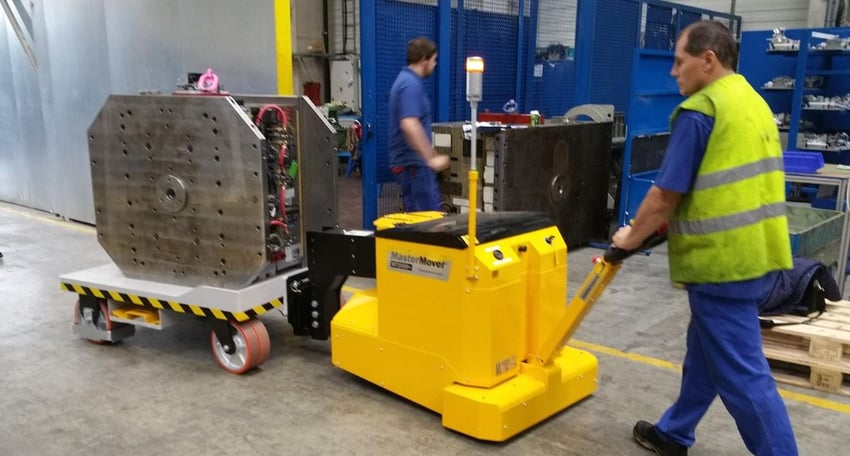
Mold changeovers cost money – so every second counts. Driving leaders across molding and manufacturing to reduce changeovers and increase efficiency.
Almost every shop across the world has goals and targets to reduce mold changeover times. But how do you achieve quicker changeovers?
Understanding SMED
SMED stands for Single-Minute Exchange of Die, and in this context, it’s a systematic approach to reduce the time associated with switching from one mold or die configuration to another. The term ‘die’ refers to specialised manufacturing tools, which need to be re-configured for any changes in production.
The primary goal of SMED is to minimise the time it takes to switch from producing one product to another. It’s important to note that the "Single-Minute" doesn't mean changeovers will take one minute, but instead emphasises the goal of achieving rapid changeovers. The SMED concept is designed to eliminate waste and facilitate quick changeovers to maximise efficiency as part of lean manufacturing principles.
SMED was pioneered by Shigeo Shingo, a Japanese industrial engineer, who was able to reduce the changeover times in the companies he worked with by an average of 94% by applying SMED techniques.
4 Tips to Achieve SMED Quicker Changeover Times
- Identification of Setup Elements: The first step is to identify elements and tasks involved in mold changeovers. This can include tasks like removing the existing mold, adjusting mold settings, and ensuring machines are calibrated correctly.
- Assess Internal and External Setup: Internal tasks are those that must be performed when a molding machine is stopped, like for example physically changing the mold. External tasks are those that can be done while the machine is running, such as preparing the new mold, checking tools, or arranging materials.
As part of SMED, you should focus on streamlining internal setup tasks that cannot be externalised. This could include optimising the process for removing and installing molds, ensuring proper alignment, and reducing the need for manual adjustments. Standardising procedures and documenting best practices can also help ensure continuity. - Continuous Improvement: Continuously monitor and measure setup times for different molds. Analyse the data and look for opportunities to further optimise and improve the changeover process.
- Mold Transfer Methods: One of the biggest contributors to slow, inefficient changeovers is mold movement within the factory. Large, heavy molds are typically moved using a combination of overhead cranes and forklift trucks – leading to excess downtime. Die carts and handling aids like electric tugs can be used to deliver a more efficient, flexible solution.
Mold Movement – The Hidden Cost
While many molding shops focus on optimising and improving tasks within the changeover process such as setup and configuration – many businesses still overlook the hidden impacts of how molds are moved during changeovers.
Forklift trucks are typically employed to move molds from one area or building to another, often navigating through congested spaces. While overhead cranes are used to lift molds during the changeover process. Lifting molds at some stage of the process is often unavoidable, but using a combination of forklift trucks and overhead cranes to move and transfer molds from different areas of a facility results in inefficient and slow changeovers.
During the changeover process, operatives must wait for a licensed forklift driver to become available, often resulting in downtime – contributing to slower changeover times.
With SMED techniques aligning with lean manufacturing methodology, the core objective should be to identify waste and work to reduce or eliminate it.
Using More Efficient Mold Transfer Methods
Die Carts, Mold Carts & Mold Tool Movers
One way to make changeovers more flexible and efficient is by making molds more mobile.
A range of die change carts and mold carts can be used to make it easier to move molds throughout facilities or during changeovers. Solutions can range from complex handling stations to simpler industrial trolleys, but they all share the same feature – they’re moveable.
Combining a die cart with handling equipment such as electric tugs amplify these benefits by allowing a single operator to safely and efficiently move heavy mold tools. Delivering maximum flexibility, electric tugs can be used to move mold carts and mold tools from building-to-building or throughout a facility, reducing changeover times and safely navigating through congested molding shops.
Mold Tool Movers in Action:
The Benefits of Electric Tugs and Die Carts
Reduced Downtime: By minimising changeover times, electric tugs and die carts help to reduce the amount of time a machine or production line is not producing products – increasing overall production efficiency.
Increased Flexibility: Faster changeovers allow manufacturers to be more responsive and flexible. Using electric tugs and mold carts allows manufacturers to move molds and dies from different buildings, providing greater flexibility than fixed systems such as overhead crane systems.
Lower Costs: Reduced downtime, quicker changeovers and increased efficiency lead to cost savings by reducing waste and maximising production time.
Explore Mold Cart Movers & Electric Tugs
Our battery-powered electric tugs are the ideal solution for moving heavy mold tools and die tooling. Enjoy complete control and quicker changeovers with options ranging from pedestrian operated to remote control solutions.
MasterTug
Up to 20,000 kg
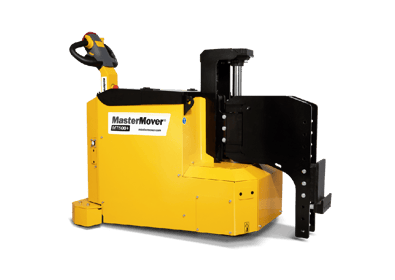
Discover a safer, more efficient way of moving heavy molds weighing up to 20,000kg. Push, pull and steer with confidence!
PowerSteered
Up to 30,000 kg
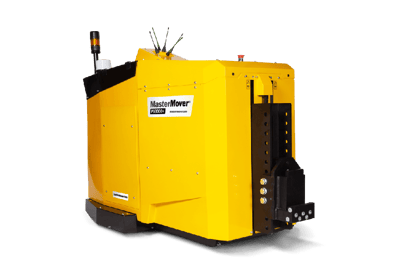
Moving molds has never been easier with our remote control solutions. Compact, powerful machines to move up to 30,000kg.
AGV
Up to 30,000kg
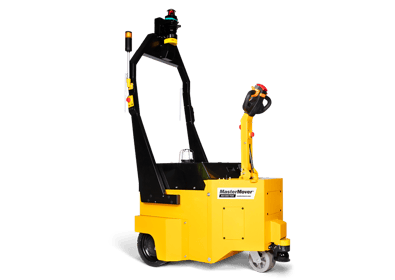
Automate your mold changeovers with Automated Guided Vehicles for maximum efficiency.
Compact
Up to 6,000 kg
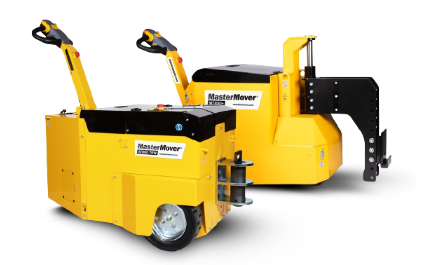
Lorem ipsum dolor sit amet, consetetur sadipscing elitr, sed diam nonumy eirmod tempor invidunt ut labore et dolore magna.
Who Uses our Mold Tool Movers?
We work with a diverse range of customers to unlock greater efficiency and more flexible mold and tool movement. Whether it’s moving injection mold tools, die casting tools, or press tools our customers across manufacturing and the automotive supply chain rely on us to help reduce changeovers and maximise efficiency.
.png?length=300&name=Logo%20Grids%20-%20210%20x%20120%20(2).png)

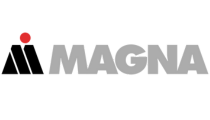
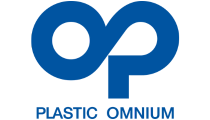

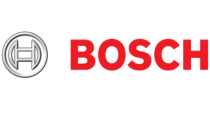
Applying SMED Techniques
By applying SMED principles and mold tool movers to handle injection molds and mold tools, manufacturers can reduce downtime between changeovers, improve machine utilisation, enhance overall efficiency, and respond more quickly to changing production requirements. This ultimately leads to cost savings, enabling production to be increased and eliminating bottlenecks in the process.
Whether you want to reduce mold changeover times, ensure high performance or optimise non-value-adding tasks, SMED techniques and applying effective mold tool movers increases efficiency and flexibility.
Industry insights, straight to your inbox
- Stay up to date with the latest industry trends.
- Exclusive insights and practical advice from industry experts.
- Keep ahead of legislative changes impacting your business.